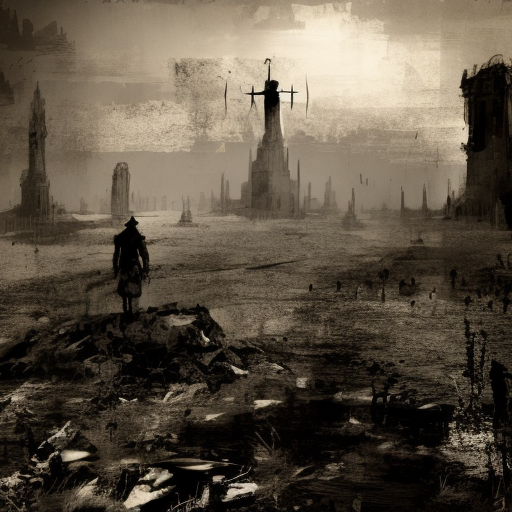Summary:
The Things They Carried by Tim O’Brien is a collection of interconnected short stories that follow a platoon of American soldiers during the Vietnam War. Through vivid and poignant storytelling, O’Brien explores the physical and emotional burdens carried by the soldiers, blurring the line between fact and fiction to convey the truth of war.
The Burdens They Carry:
In “The Things They Carried,” O’Brien delves into the physical and emotional burdens that the soldiers carry with them throughout the war. Each soldier carries a backpack filled with essential items, but they also carry intangible burdens such as fear, guilt, and the weight of their comrades’ lives. The author emphasizes that these burdens are not limited to physical objects but also include memories, emotions, and the psychological toll of war.
One of the most significant burdens carried by the soldiers is the fear of death. O’Brien describes how this fear permeates every aspect of their lives, shaping their actions and thoughts. The soldiers constantly grapple with the uncertainty of survival, haunted by the possibility of dying in a foreign land far away from their loved ones. This fear becomes an ever-present companion, influencing their decisions and actions.
Another burden explored in the book is the guilt experienced by the soldiers. They carry the guilt of killing, of surviving when others did not, and of the atrocities they witness and sometimes participate in. O’Brien highlights the moral ambiguity of war, where soldiers are forced to make difficult choices that often have devastating consequences. The weight of this guilt shapes their identities and leaves lasting scars on their psyches.
The Power of Storytelling:
Throughout the book, O’Brien emphasizes the power of storytelling as a means of coping with the trauma of war. He blurs the line between fact and fiction, acknowledging that war stories are often embellished or altered to convey a deeper truth. By weaving together stories of love, loss, and camaraderie, O’Brien creates a narrative that captures the complex and multifaceted nature of war.
O’Brien also explores the role of storytelling in shaping memory and perception. He acknowledges that memory is not always reliable and that stories can be a way to fill in the gaps and make sense of the past. Through storytelling, the soldiers are able to process their experiences, find solace in shared narratives, and preserve the memory of those who did not make it home.
The Weight of Loss:
Loss is a recurring theme in The Things They Carried, as the soldiers grapple with the deaths of their comrades and the loss of innocence. O’Brien vividly portrays the grief and emotional turmoil experienced by the soldiers, highlighting the profound impact of loss on their lives.
The death of Ted Lavender, one of the platoon members, serves as a catalyst for exploring the theme of loss. Lavender’s death becomes a symbol of the fragility of life and the arbitrary nature of war. The loss of a fellow soldier not only affects the individual but also reverberates through the entire platoon, leaving a lasting impact on their collective psyche.
Key takeaways from The Things They Carried:
- The physical and emotional burdens of war are not limited to material possessions.
- Fear and guilt shape the experiences of soldiers in war.
- Storytelling is a powerful tool for processing trauma and preserving memory.
- Loss and grief have a profound impact on individuals and communities.
“They carried all the emotional baggage of men who might die. Grief, terror, love, longing – these were intangibles, but the intangibles had their own mass and specific gravity, they had tangible weight.” – Tim O’Brien
In conclusion, The Things They Carried is a poignant and introspective exploration of the burdens carried by soldiers during the Vietnam War. Through its powerful storytelling and examination of themes such as fear, guilt, storytelling, and loss, the book offers a profound insight into the human experience of war.












